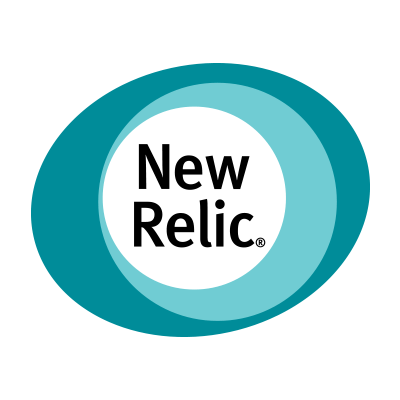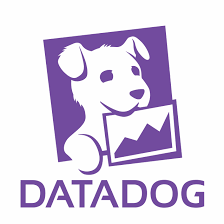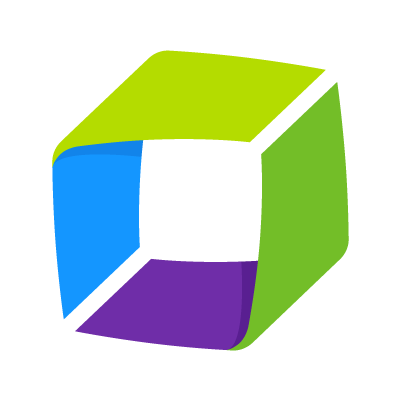
In Part 1 of our Observability series, we looked at what Observability is and how it differs from traditional monitoring. We also explored the different telemetry types needed to obtain true Observability and the various tools to address the first aspect, Synthetic Transactions. In this post, the second part of this series will focus on learning more about the tools and capabilities available to address Application Performance Monitoring.
“The umbrella term used to describe a wide range of strategies and practices of continuously observing and tracking application performance and analyzing data to assess business impact”

The latest new guy on the APM/observability block, developed an open-source product called AppScope, which provides application-centric instrumentation and data collection. AppScope brings one instrumentation approach for all runtimes; AppScope offers ubiquitous, unified instrumentation of an unmodified Linux executable for single-user troubleshooting or distributed deployments. No language-specific agents or bindings are required.

A software analytics and application performance management solution for Telemetry Data collection, exploration, and alerts on all your metrics, events, logs, and traces from any source with our unified telemetry database.

A monitoring service for cloud-scale applications, monitoring servers, databases, tools, and services. It encompasses infrastructure monitoring, application performance monitoring, log management, and user-experience monitoring. DataDog is best known for its ability to unify disparate data sources, rapidly resolve performance issues, and detect threats in real-time.

DynaTrace is an Application Performance Monitoring tool (APM) meant for collecting application performance metrics and extending their capability to monitor at an instance level. Dynatrace believes that its product is a single APM solution that delivers full-stack observability and that it can monitor all types of observabilities use cases quickly and efficiently.

A real-time observability solution for cloud-native technologies such as microservices, serverless functions, and container orchestrated environments like Docker and Kubernetes. SignalFx gives IT organizations a platform that allows them to observe data in real-time, no matter the data source or type of application.

A leading Application Performance Management (APM) solution. It is a tool that monitors your application infrastructure and gives you code-level visibility for highly distributed applications through transaction flow monitoring and deep diagnostics. AppDynamics believes its product offers seamless traceability and a view that effectively bridges both the APM and the Business product usage.
A performance monitoring tool is a must-have component of any Observability solution your organization implements. APM’s are great at their specific tasks; however, the idea that a solution can auto-detect/discover context about how an enterprise-class system is interconnected and determine how critical each piece is in relation to others is flawed. An AI tool cannot determine what is valuable to a business. It can only detect what it perceives as normal behavior versus what is outside of that norm. However, it cannot tell how valuable that particular information is to the health of the service you’re monitoring or how it interacts with other tool sets.
Concanon provides digital transformation and observability consulting to help you gain confidence and trust in your analytics. This is through applying the best of breed tooling to gather the right data for the right problems. Reach out today to find out more.
Tony Kustwan is the Director of IT Operations at Concanon LLC, a big data solutions company. He has over 20 years of experience managing and leading global IT initiatives in some of the largest environments. He thrives on solving a customer’s greatest challenges with simple and repeatable frameworks to collect, process, and enrich data for decision makers.